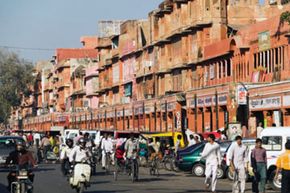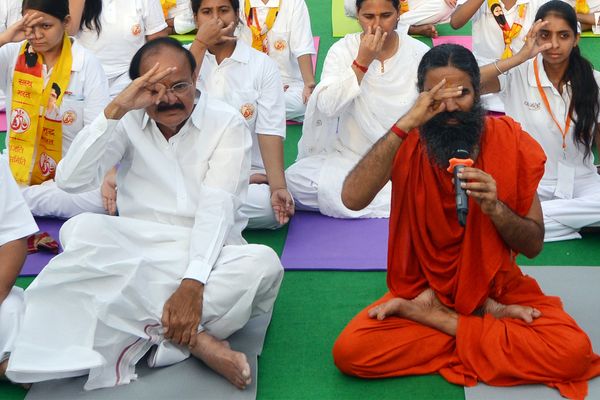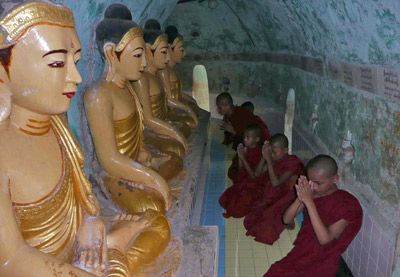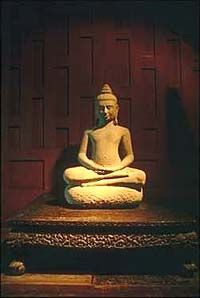Modern India is the second largest country in the world and home to about 1.2 billion people. The cities are brimming with some of the globe's most highly skilled engineering and tech-savvy urban professionals. Sacred cows and lower-caste street sweepers also make up the landscape in places like Mumbai, Kolkata and the Indian capital, New Delhi. Villages and city centers merge into one another as the population grows, and with a median age near 26 years old and only about 5 percent of the population over age 65, many traditions dating back thousands of years are in the hands of the young and rapidly globalizing youth [source: CIA].
Indian culture has stood the test of time by remaining diverse, colorful, sensual and spiritual, and the combination of rich traditions and family unity within religious faith makes India, well, India. Food, worship, arts and friendships are held in high esteem -- even the customary namaste greeting involves honoring the divine in one another with a bow.
Advertisement
Scientific and physical practices like medicine and exercise also are considered spiritual. Ayurvedic medicine, which promotes balancing the life forces of a person with the universe as a whole, is an official heath care practice that's used by 80 percent of the population, and yoga and meditation recognize the melding of the mind, body and spirit for wholeness [source: Curiosity.com].
However, social problems, rampant poverty and lack of clean water impact a huge portion of India's population, but traditional practices remain alive and even thrive in some of the most abject conditions. Heredity, community and history all shape who people are as individuals and as part of distinct castes or social groups. Studies in anthropology and sociology fault a system that has many born to live as "unclean" castoffs, while some rule above others for all generations due to birth line alone. These same studies, however, highlight traditions that survive conquest, subcontinent divisions, and official laws and bans across faiths and generations [sources: Encyclopaedia Britannica; Henderson; Vaid].
You could say that India just exudes life, mystery, vibrancy and spirituality because they are, after all, uniquely Indian, but how does all of that come together on such a large scale? Much of it comes through more than 4,000 years of tradition, from the kitchen to the shrine to the big screen.



